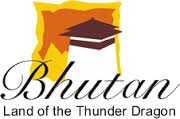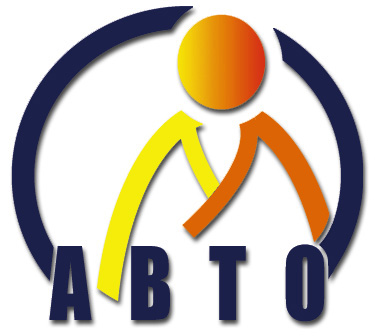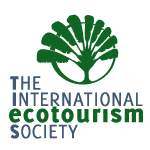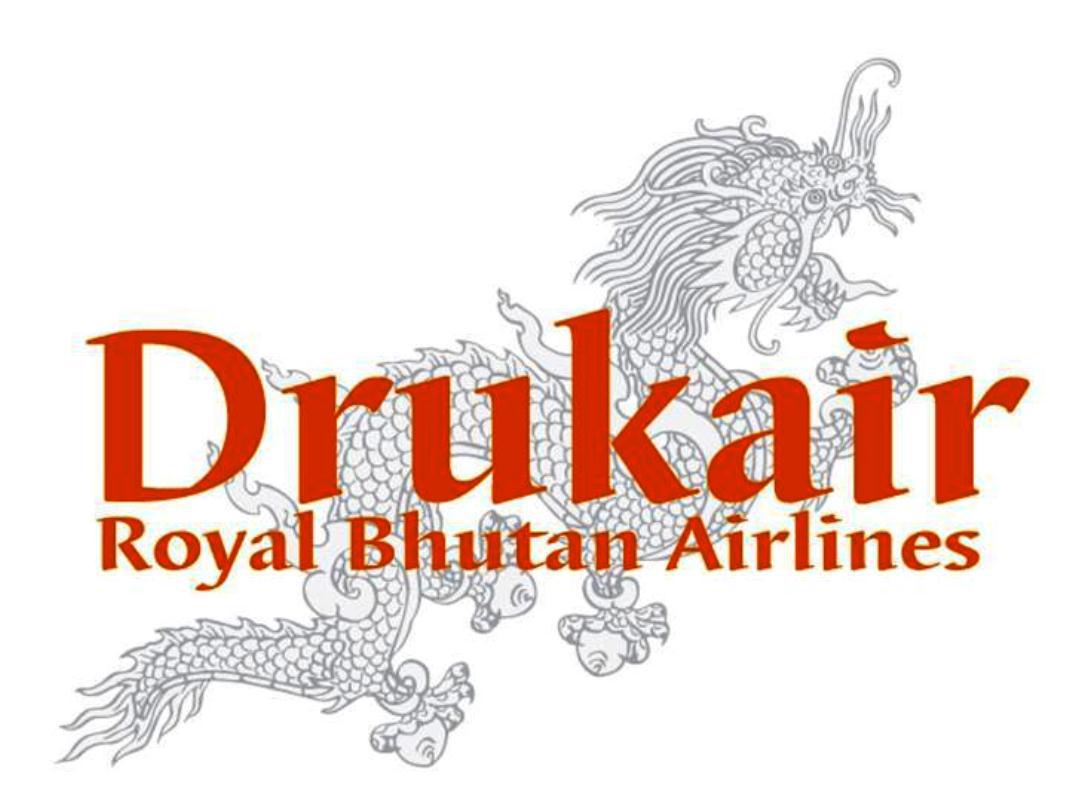Day 1 – Arrival in Paro, Bhutan
Welcome to Bhutan, the Land of the Thunder Dragon. Touching down at Paro International Airport, you will be greeted by your guide upon exiting the arrival hall. Today, we will take it easy to acclimatize to the altitude. Drive to Thimphu, check in to the hotel and let’s have your first taste of Bhutanese cuisine.
Sangaygang Drive about 15 minutes from the main city to a hillock where the Bhutan Broad Casting Tower is stationed. From there you can relish the beautiful scene of the whole of Thimphu City. On the way up or down from the hillock, you can also see Takin the national animal of Bhutan.
Buddha Point at Kuensel Phodrang, will be open to tourists once it is completed in 2012. The 169 feet bronze statue of Buddha Dordenma , Vajra Throne Buddha symbolizing indestructibility will be completed soon. The Buddha statue itself is competed awaiting paintings, but visitors can drive up to the Buddha point and view the tallest statue of Lord Buddha.
The view of Thimphu valley from the Buddha point is spectacular and beautiful, especially at night.
Takin enclosure – See the national animal of Bhutan, the Takin.
Day 2 – Paro to Trashigang
Fly to Yonphula from Paro International Airport
Drive down to Trashigang from the Yonphula Airport. Enroute visit the university town of Kanlung, which is located 25km south of Trashigang. Sherubtse College was founded in 1978 and, if time permits, visit the sacred Zangtokpelri Monastery. We will pass the tiny village of Khaling, which is the site of an historic battlefield. The National Handloom Centre is also located in Khaling where young girls from all over Bhutan are trained in traditional hand weaving and vegetable dyeing. Trashigang is a lively town and the bars are worth a visit. Walk through the town’s plaza where a large prayer wheel sits in the centre of the square and visit the Trashigang Dzong. The entire eastern region was governed from this Dzong from the late 17th century until the beginning of the 20th century.
Day 3 – Trashigang to Trashi Yangtse
Today our options include a visit Trashi Yangtse (1hour 45mins) via Gom Kora to visit Chorten Kora. Trashi Yangtse borders the Indian state of Arunachal Pradesh. The old trade route from east and west Bhutan used to travel through Trashi Yangtse. Stop at the village of Duksum to see the shops selling the colourful patterned cloth that is woven by the women of the village using back strap-looms or just relax and explore Trashigang.
Day 4 – Trashigang to Mongar
Depart westwards to Mongar leisurely in the morning. As we descend into the valley of the Kuri Chhu we pass extensive cornfields and at the valley floor rice terraces and tropical fruits such as mango and pineapples flourish. When travelling though eastern Bhutan the dominant language is Sharchop different enough from Dzongkha that eastern and western Bhutanese usually have to use English or Nepali to communicate. The towns between western and eastern Bhutan also differ. In western Bhutan most towns are situated in valleys but in eastern Bhutan most towns, including Mongar, are at the tops of hills or ridges.
Mongar Dzong – Although built in the 1930s and one of Bhutan’s newest dzongs, it is constructed in the same way as all earlier dzongs, without plans or nails. However unlike the earlier Dzongs, that are located in strategic positions, Mongar Dzong is located on a small gentle sloppy area just above the town. A visit to Mongar Dzong shows one how traditional Bhutanese architecture has continued to thrive through the centuries.
Day 5 – Mongar to Bumthang
The drive between Mongar & Jakar is one of the most spectacular drives in the country. When crossing the Thrumsing La (Bhutan’s highest pass at 3,800m) we are now officially departing eastern Bhutan. The drive across the Thrumshing La pass and the subsequent descent from high altitude pine forest to lush pastures is long and at times tiring, the constant natural vegetation variation and change makes it one of the most exciting drives here in the country. Enroute visit the Ura valley, the highest valley in Bumthang and believed by some to have been the home of the earliest inhabitants of Bhutan. It allows us an insight into how the central Bhutanese live. The cobbled streets of the traditional village of Ura give a medieval feel. The old women of this region still wear sh2, 6eepskin shawls on their backs which double as a blanket and cushion.
Day 6 – Bumthang
This is one of the most spectacular valleys in Bhutan and also the heartland of Buddhism in Bhutan. It is an area with a wide variety of fauna and flora. The Guru Rinpoche and his lineage of Tertons (treasure finders) making Bumthang his home have led to more than 40 temples being built in this peaceful valley.
In the morning, we will hike to the Tamshing Goemba, built in 1501 by the Buddhist saint Pema Lingpa. We will also visit Kurjey Lhakhang (left-bottom), one of the most sacred monasteries in Bhutan. Built by the Guru Rinpoche in 1652, it houses a rock with his body imprint. Legend has it that Guru Rimpoche manifested as a Garuda to defeat the demon Shelging Karpo who had taken the form of a white lion.
We will also visit Jambay Lhakhang, built in 659 by Tibetan King Sontsen Gampo to pin down a demon who was obstructing the spread of Buddhism. Come October, the Jambay Lhakhang Drup is one of the most colourful festivals in Bhutan.
Jakar Dzong – pitched on a high ground overlooking the town junction, it was built as monastery in 1549 by the great grandfather of the Zhabdrung. It is now used as the administrative center for Bumthang district.
In the afternoon, we will hike up to Thangbi Valley, crossing a suspension bridge to visit the Thangbi Lhakhang built in the 14th century via an unpaved road.
Day 7 – Bumthang
Me-Bar Tsho (Burning Lake) One of the most sacred sites in Bhutan, the holy lake is said to be one of the holiest lakes in Bhutan. Long time ago, Terton Pema Lingpa (Buddhist saint and treasure discoverer) dived into the lake while holding a burning butter lamp on one hand. Several hours later when he came out of the lake, he was holding some relics one one hand and the butter lamp on his other hand was still burning. Thus the lake was called Me-Bar Tsho (Me-bar=Burning Tsho=Lake).
Ugyen Choling Palace Our journey about 2hours drive, we stop at a roadside temple and a nunnery, ending in the Tang valley and the village of Kesum. From the road head we have a one-hour hike over a suspension footbridge, through farm fields and cluster villages, up a “hill” to the mystical Ugyen Choling Palace where we will spend nights in the owner’s guesthouse or in the Dzong.
Ugyen Choling Palace built 17th century by Deb Tsokey Dorji, a descendant of Buddhist Saint Dorje Lingpa. Ugyen Choling is a national treasure, privately owned by the same family for hundreds of years. Its remote location makes it one of the less frequently visited historical sites in Bhutan, hosting fewer than two hundred guests per year. One of the owners wrote a book on Bhutanese folk tales of the Yeti and her brother is the property’s caretaker.
The best part of the Palace is the quaint museum housing permanent exhibits on three floors in the main building and the Utse, the central tower. Traditional living quarters are recreated to capture the realistic ambiance of the ancient lifestyles and conditions of the households. Everyday kitchen and weaving utensils, war weapons–including petrified yak dung to make gunpowder–tools and farming implements are the main part of the exhibits In the evening, villagers (mostly single ladies looking to meet our guides and drivers) will come to the Palace for an evening of cultural entertainment. You’re invited to join in the singing and dancing.
Day 8 – Bumthang to Gangtey
On route to Gangtey is Trongsa, the ancestral home of the ruling dynasty.
Trongsa, literally “New Town” in the Dzongkha language, is where the current monarchy had its origin in Bhutan. Each King in the line of succession has held the post of Trongsa Penlop or Governor before donning the Raven Crown.
Trongsa Dzong – The foundations of Trongsa Dzong were laid in the 16th century by by Pema Lingpa. The Dzong flourished during the 17th century under Shabdrung Ngwang Namgyal. With its massive structure, its wall looming high above the winding Mangde Chu Valley, the Dzong commands the east-west road.
Taa Dzong – Built as a watchtower the Taa Dzong has since been turned into a Heritage Museum. A book on this prominent Dzong is written by Christian Schicklgruber entitled The Tower of Trongsa, Religion and Power in Bhutan.
Day 9 – Gangtey to Punakha
Continue westwards this morning via Wangdue Phodrang to the Punakha Valley. Why not stop and wander the traditional shopping village of Wangdue (soon to be demolished). When the dramatic Wangdue Phodrang Dzong comes into view, notice the large cacti that cover the hillside below. These were planted long ago to discourage invaders from climbing the steep slope to the Dzong. On our journey we can also view Rinchengang one of Bhutan’s oldest villages. This small village did not have access to water, electricity or schooling until the early 1990’s. The craftsmen of Rinchengang are sort after for their skills in construction of Dzongs and Lhakhangs (temples).
This afternoon we continue on to the Phobjikha Valley. Around the Phobjikha valley the only electricity is from solar or mini hydro plants (electricity will soon be common place in the valley all via underground cables, no overhead wires). Potatoes are this regions primary cash crop and are exported to India. Phobjikha is a glacial valley on the western slopes of the Black Mountains and is one of the most beautiful open valleys in Bhutan. It is also one of the most important wildlife preserves in the country and the winter home of the rare black-necked crane. There are also muntjaks (barking deer), wild boars, sambars, himalayan black bears, leopards and red foxes. While we are here why not stop and visit the Black Crane nature information centre, carpet factory and the sacred Gangtey Monastery. Between late October and early February we can view the roosting place of the black cranes from a hide about 15-minute walk from the road.
Day 10 – Gangtey to Punakha
Chhimi Lhakhang – A 20 minutes walk across terraced fields through the village of Sopsokha from the roadside to the small temple located on a hillock in the centre of the valley below Metshina. Ngawang Chogyel built the temple in 15th century after the ‘Divine Madman’ Drukpa Kuenlay built a small chorten there. It is a pilgrim site for barren women.
Punakha Dzong – Built in 1637, the dzong continues to be the winter home for the clergy, headed by the Chief Abbott, the Je Khenpo. It is a stunning example of Bhutanese architecture, sitting at the fork of two rivers, portraying the image of a medieval city from a distance. The dzong was destroyed by fire and glacial floods over the years but has been carefully restored and is, today, a fine example of Bhutanese craftsmanship.
Pho Chhu Suspension Bridge – The 160 metres Pho Chhu Suspension Bridge is known for the longest suspension bridge in Bhutan, which gives you spectacular views of Punakha dzong and the Pho Chhu Valley.
Day 11 – Punakha to Thimphu
Dochula Pass – The 108 chortens was built by the present Queen Mother of Bhutan Ashi Dorji Wangmo Wangchuk to commemorate Bhutan’s victory over indian militants and to liberate the souls of the soldiers lost.
Punakha Dzong – Built in 1637, the dzong continues to be the winter home for the clergy, headed by the Chief Abbott, the Je Khenpo. It is a stunning example of Bhutanese architecture, sitting at the fork of two rivers, portraying the image of a medieval city from a distance. The dzong was destroyed by fire and glacial floods over the years but has been carefully restored and is, today, a fine example of Bhutanese craftsmanship.
Khamsum Yulley Namgyal Chorten – Built by the third Queen Mother Ashi Tshering Yangdon wangchuk this Chorten is a splendid example of the Bhutanese architecture and art and is the only one of its kind in the world. It has been built over eight and a half years and its details have been drawn from religious scripture.
Day 12 – Punakha to Thimphu
Heritage Museum – Dedicated to connecting people to the Bhutanese rural past though exhibition of artifacts used in rural households.
Textile Museum – Witnesses the art of traditional weaving.
National Memorial Chorten – Which was built in honor of the late King Jigme Dorji Wangchuk.
Papermaking Factory – Witnesses the art of papermaking.
Simtokha Dzong – Five miles from Thimphu, on a lofty ridge, stands Simtokha Dzong the oldest fortress in the Kingdom.
Centenary Farmers’ Market – Every Saturday and Sunday most of the Thimphu population congregate on the banks of the river where the weekend market is held. Here villagers from the valley and other nearby places come to sell their agriculture products.
Changangkha Monastery – Built in 12th century, Changangkha Lhakhang is oldest temple in Thimphu. It is hovering over a ridge above Thimphu, near Motithang. Lama Phajo Drukgom Zhigpo who came to Bhutan from Ralung in Tibet chose this site to build this lhakhang. The Lhakhang houses Chenrizig: an 11-headed, thousand-armed manifestation of Avolokitesawara as the central statue.
Day 13 – Thimphu to Haa via Chelela
The beautiful valley is home to many of Bhutan’s old monasteries and temples. The country’s only Airport is in Paro. The valley is also home to mount Chomolhari (7,300 meters) situated at the northern end of the valley whose glacier water forms the Pachu flowing through the valley. The following are some of the prominent places to visit in Paro. Drive to Haa through Chele La (3,988m). From the pass you can see Paro valley on one side and then Haa valley on the other. You can also have a picnic at Chele La if you like to. In Haa, some sightseeing and then goin to katsho village and visiting the Katso Lhakhang. Then you will head back to Paro.
Day 14 – Paro
Taktsang Monastery – is a prominent Himalayan Buddhist sacred site and temple complex located on the cliff side of Paro Valley. According to legends, it is believed that Guru Rinpochhe flew to this location from Tibet on the back of a Tigress (his consort Yeshey Tshogyal) and meditated in one of the caves. Guru Rinpochhe performed meditation and emerged in eight manifestations and the place became holy. Thus gaining the name tiger’s nest.
Drukgyal Dzong – A drive, north of Paro valley brings us to the ruins of Drukgyal Dzong. Built in 1647 by the great Zhabdrung Ngawang Namgyal, father and unifier of medieval Bhutan, the Dzong was destroyed by an accidental fire and left in ruins as an evocative reminder of the great victories it was built to commemorate. Explore the ramparts and relive the memories of a glorious past.
Kyichu Lhakhang – After a sumptuous local lunch, we will retrace our steps to visit Kyichu Lhakhang, one of the oldest temples in Bhutan.
Day 15 – Depart Paro
Today we will bid fond farewell to this beautiful Himalayan country and take an early flight back to Singapore. We hope by now you would have made some friends and also kept many photos and beautiful memories of Bhutan! And we look forward to seeing you again in this beautiful land of endless Enchantments! Tashi Delek!



 Call +975-17642585
Call +975-17642585














